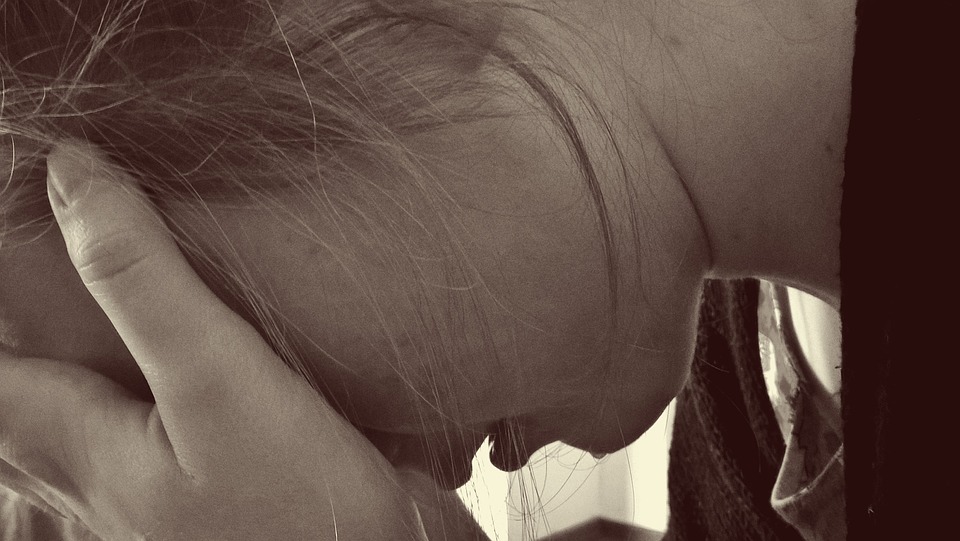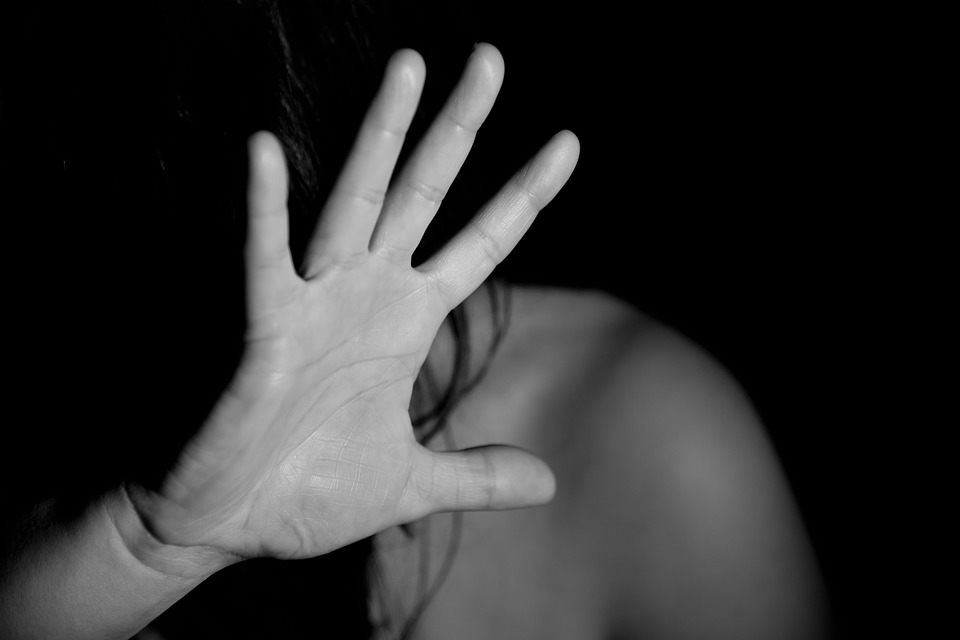Addiction is very much in the news these days. Parents with teenage children are understandably increasingly worried about the impact this can have on the lives of their children. To begin with, much of the information that comes to us from different news sources is based on fear and misinformation, or even propaganda as part of a larger marketing thrust. Having said that, I do not mean to diminish in any way or dismiss the opiate addiction epidemic in America – indeed, all over the world. I do, however, want to place the concern of parents over their teenage children becoming addicted to opiates within the proper perspective. When we have a clear picture, our response can be targeted, effective, and lasting.
Facts About Teenage Addiction
Opiate addiction in the teenage high school population is actually quite rare. Only about 5 percent of teenagers in high school have ever used any illicit prescription opiate. However, this small percentage still translates to 12 million adolescents nationwide, which is not a small number. Over the last few years, between 1999 and 2010, there has been a notable rise in the number of reported addictions within this population, though the increase is due mainly to the use of pot (or marijuana).
The scary part of the opiate use scenario is the increasing number of cases of opioid overdose. The purity of the heroin that is currently available and the introduction of fentanyl in the market has resulted in quadrupling the number of opioid overdoses.
According to the American Society of Addiction Medicine, in 2015, there were 52.000 lethal drug overdoses, of which 20,000 were related to prescription painkillers alone. The overdose death rate due to heroin in 2008 was 12,000, which was four times the death rate in 1999. So there’s been an increase in the number of people using opiates, and there’s been a four-time increase in the overdose rate, largely because of the increase of opiate prescriptions, which has doubled even within the adolescent population. In 2012, 260 million prescriptions were written for opiates, which is more than enough to give every American adult a bottle of pills. Most kids are getting the opiates from their bathroom cabinets, or from doctor prescriptions for pain issues that could just as easily be treated with Ibuprofen or Tylenol. Once a teenager has ready access to these drugs, it’s easy to pass them on to other family members as well as their friends.
What are the Signs of Teenage Addiction
No family is completely immune from the drug addiction epidemic. It can be easy to miss signs of addiction, especially in the teenage population. This is partly because addiction can take a long time to develop. People experiment with drugs, try it out for fun or out of curiosity, and don’t necessarily get addicted to using. The early signs are often not easy to detect until the addiction gets established, which can take months to years, depending on frequency and intensity of use, genetic predisposition and the context of using. Most of the overdose that we see involve individuals in the late twenties or early thirties; cases of adolescent overdose are actually quite rare, but they do happen.

What parents often begin to notice are subtle changes in their children’s behavior – they stay out later, or act a bit more crabby, or they hang out at a friend’s house longer – these types of seemingly innocent behavior shifts. Parents are inclined to think that these changes are merely part of a phase all teenagers go through and grow out of eventually.
The impact of drug use on teenage behavior is great enough to affect their social relationships, their school grades, their behavior, their depression, their sleep. We have to have an established pattern of using that is really dragging the kid down into a state of dependency. And we always miss it because we want to trust the people that we love and we want to give them the benefit of the doubt all the time. We don’t want to confront them or get into an argument. And for their part, they want a place where they can feel secure and where they are trusted. They don’t want a confrontation either, and if they have done something that they are not too pleased about, they want to keep that out of their relationship with their parents. They want to avoid a bad atmosphere in the house so they’ll say that something happened and they don’t want to get into to it. They are eager not to talk about it and convince themselves that they don’t need to.
You should also be aware of your genetic risk. If there’s a lot of people with addiction in the family then your kid is going to be a higher risk. That holds irrespective of the type of drug people are addicted to. But no kid is really using opioids alone. You’re going to see pot, alcohol, cigarettes – what are sometimes called gateway drugs. Cigarettes are probably more of a gateway drug than pot. You’re looking for any change of behavior, any change in how grumpy they are, sleepy, whether they have a change of appetite, being more surly and irritable. If you’re seeing any change of peer group, whether they are shifting away from kids that you know are steady and you know their family, to kids that previously have been more troubling.
Some kids, even though they’re already using, can maintain their grades and other activities and still appear quite ‘normal.’ There’s plenty of kids who are playing in their athletic teams and doing well but are partying too hard and getting into trouble. Sometimes, those kids can overdose.
When someone is actually high on opiates, their pupils get constricted, they’ll have a runny nose, they might be itchy, they’ll be stoned, or they’ll be sedated. You’re not likely to see a kid during that stage, but more likely to see them the next morning when they are grumpy because they haven’t slept properly, when their pupils might be enlarged, in response to the prior use. You are unlikely to see them in mad withdrawal because that only happens when there’s an entrenched pattern of addiction and dependence and physiological changes.
What Parents can do to Prevent Teenage Addiction
It can be easier and simpler to skirt over these types of incidents to maintain the peace or status quo in the home. But as parents, we must be acutely aware that the best way to treat overuse and dependency is by preventing it from happening in the first place. Here is where open and honest communication with your kids becomes crucial and pivotal. As parents, we need to be more involved in our children’s lives, get to know who their friends are, ask them questions, draw them out of their teenage shell, find ways to connect with them without turning them off. Of course, whether you get a response or not, is another matter. But it is important to keep trying as a way for them to be aware that you are never far away should they ever need to reach out.
It is really important to get to know your kids’ friends. I think I know most of my kid’s friends and have known them for over fifteen years. I kind of know who is going going to be in trouble, who is a bit more risky, and I have a pretty good get a sense of the peer group that my kid hangs out with because that’s the biggest predictor of whether a kid will start using drugs and alcohol. It is not what you’re doing as a parent, so much as their peer group at that stage.
Establishing family routines is also important. Something as simple as sitting down to a family dinner (or breakfast on weekends) when you can just talk to one another can be very helpful. Ban electronics during meals (no texting, calling, or listening to music) so you get the opportunity to check in and get the pulse of the family rhythm. Talk about things, events, people, trivial stuff that interest them, even if they bore you to tears, or don’t know what they are even. Look at it as an opportunity to enter their world on their terms, so they will welcome you – or at least let you peek in.
Of course, the other big risk factor is whether they can see a doctor and got a prescription of opiates, or whether you have a prescription in your bathroom medicine cabinet that you forgot to take out. So go in there and toss out any Benzodiazepine or other opioids – just toss them. You don’t need to be leaving that around if your kids have a party and they just get curious. Be reluctant or second guess your physician if they want to give a bunch of medications.
If you’re concerned don’t just come like a ton of bricks, freaking out, grounding your child – that kind of confrontation does nothing but induce a ‘screw you’ response. Your kid will just double down and clam up. You have to be nice, ask permission to chat about something. You can share your concerns about a behavior, but not accuse. For example: “I’m noticing Mark that you’re really tired every morning, and I’m bit worried about it, what’s going on?” Not: “You are always tired and you never talk to me.” Of course, this is much easier said than done, I’m no angel in any of this.
You can talk about your worries yourself: “I’m upset that you are not talking to me. I feel kind of ignored, and I miss talking to you.” Rather than: “You’re always in your friend’s home and I think you’re stoned and always avoiding me.”
If it comes to it, ask for a drug test. You can buy a drug test at a pharmacy. If you’re concerned that there is an ongoing pattern and your kid is already giving the cold shoulder or saying they’re not interested in your opinion or in talking to you, then you have nothing to lose by insisting on the drug test. Express your worry and concern in as caring a manner as you can, but insist on the drug test if you really feel your kid is using.
You also need to start thinking about what you are doing that enables your kid to continue on this destructive path. For example, picking up your kid at three in the morning when they are smashed, and then giving them keys the next day so they can drive around. At three in the morning, you might want to go and take care of them in that moment and say nothing. But you don’t want to be enabling their behavior, by financing them, and giving them the car and saying, “This is one of the things that will keep them out of trouble, by giving them some money so they don’t have to a sketchy dealer.” It’s amazing what we hear – parents going to buy the drugs for their kids from the dealer, putting themselves in danger, or paying off the dealer because they are worried their kid is going to get in trouble. These enabling behaviors on the part of parents fail to address or provide solutions for the issue of teenage addiction.

